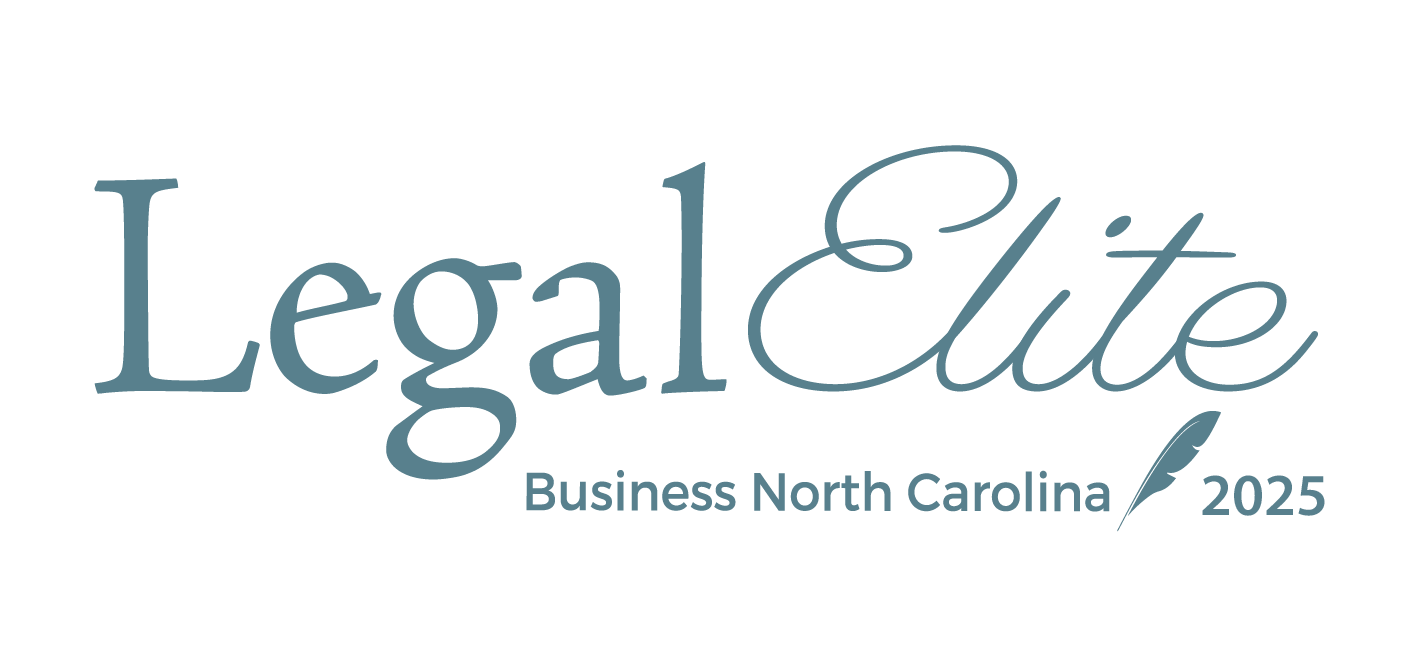Two panelists and an employment attorney delved deep into some of the tricky issues that companies can face as they seek to strengthen their diversity, equity, and inclusion efforts, as well as the challenges that unconscious bias can bring to the workplace.
Paula Kohut, an estate planning attorney at Kohut & Adams, P.A., spoke from her perspective of being a transgender woman, discussing the differences she’s seen in how people treated her when she identified as a man and how they treat her now as a transwoman.
Danya Perry, director of equity and inclusion at the Raleigh Chamber of Commerce and director of equitable economic development at Wake County Economic Development, spoke about both personal and business challenges related to diversity, equity, and inclusion in business.
Ward and Smith’s Hayley Wells, a labor and employment attorney, moderated the session at the firm’s 2019 In-House Counsel seminar.
Defining Diversity, Equity, and Inclusion
Traditionally, Perry said, diversity referred to differences in race and ethnicity, gender, and sexual orientation. But it is growing to include attributes such as neuro-diversity and military veteran status.
“Inclusion was when you have that makeup in the room when you come into the room do you feel like you belong?” he said. “Do you feel like you can bring your whole self into this space.”
Equity adds another layer. Perry cited an easily found online illustration that shows three kids of different heights standing on boxes to see over a fence.
“Equality means that you give each kid the same box, and the feeling is that they should be able to see the ultimate goal, which is to look over the fence,” he said. “But equity says the taller kids don’t need as many resources or as many boxes, but the historically underrepresented, underserved individuals need more to be able to achieve that goal.”
Understanding diversity, equity, and inclusion is a process, not something that happens in a single training session or a sudden flash of insight.
Before she transitioned, Kohut thought "we were open, progressive society." After her transition, she went to a conference where a speaker made a joke that used the derogatory term “transvestite” in the punchline to a joke.
“I wanted to crawl under a rock,” she said.
Eventually, that led to her presenting diversity, equity, and inclusion training with a professional. “Every time I do it ... I learn something new, and I make mistakes,” she said. “It’s a process, and it’s not something you’re going to learn in one hour.”
Managing Personal and Religious Objections
Some executives push back against diversity and inclusion based on religious beliefs.
“I truly believe you have to build relationships before you need them,” Perry said. It’s important, he said, to understand people’s sometimes unconscious judgments, beliefs, opinions, and perceptions.
“How can I help you understand the other side?” he said. “How can I help you be more welcoming?”
It takes time and effort and, often, social pressure to change the minds of people who may be poorly educated about diversity and inclusion, or who are stuck in their viewpoints.
Perry noted that although the Supreme Court outlawed racial segregation in public schools in 1954, school integration didn’t take place in Alabama, for one example, until the late 1960s.
“There is this religious position that sexual identity and gender identity are a choice,” Kohut said.
One woman she met told her about her childhood. “When she was a little girl before she went to bed, she would put all her little girl clothes and her little girl toys in the closet,” Kohut said. “She would pray that when she woke up in the morning, it would be boy clothes and boy toys.”
Kohut said she had similar feelings when she was a young boy. “It’s not some choice I made as a child,” she said. “It’s part of me.”
Perry added that by being vulnerable, “that opens and allows the other person also to be vulnerable, to give them permission to say, ‘I don’t know what I don’t know.’”
Gender Differences in the Boardroom
An audience member asked about differences Kohut had seen in the business world before and after transitioning from male to female.
“Whether I’m perceived as a woman or a transwoman when I walk into the boardroom, I’m not deferred to anymore as much,” she said. “I have to re-establish myself.”
When she was living as a man, she said, “I thought I was a self-made person. Now I realize the extent of that privilege that I had been able to leverage.”
“As a woman, as a transwoman ... I need to speak up. I’m interrupted more frequently,” she said. “It’s all very, very subtle, but it’s a different experience.”
Hiring and Diversity
Wells asked about the best way to explain that in hiring, seeking diversity and seeking the best candidates are not mutually exclusive.
“When you have someone saying, ‘We just want to hire the best candidate,’” Perry said. “The assumption is the underrepresented group isn’t the best candidate.”
In his work, Perry said, he talks about diversity’s return on investment. He cited research from N.C. State University.
“They saw, in five years, that the company with pro-diversity policies were actually more innovative. Their success, incrementally, had been better,” he said. “They had increased retention.”
Companies can increase workforce diversity by changing hiring practices. Recruiting at historically black colleges and universities, having diverse panels of employees conduct interviews, finding new ways to connect with potential applicants, and other nontraditional techniques can help, Perry said.
Unconscious Bias
Lack of diversity in hiring, retention, and promotion isn’t necessarily a result of deliberate attempts to exclude underrepresented groups. Unconscious beliefs and behaviors can be powerful — but aren’t insurmountable.
“It’s really just educating people,” Kohut said. “For me, it’s just those experiences that I’ve had when I’ve gotten up on stage and shared my story in a personal way that usually helps change minds.”
Individuals can overcome their own biases if they’re willing to work at it.
“There’s a level of self-reflection that has to happen, some assessment that has to happen,” Perry said.
But, he added, “At the same time, you mitigate that to some degree by implementing [pro-diversity] practices.”









